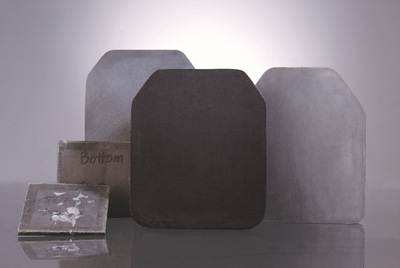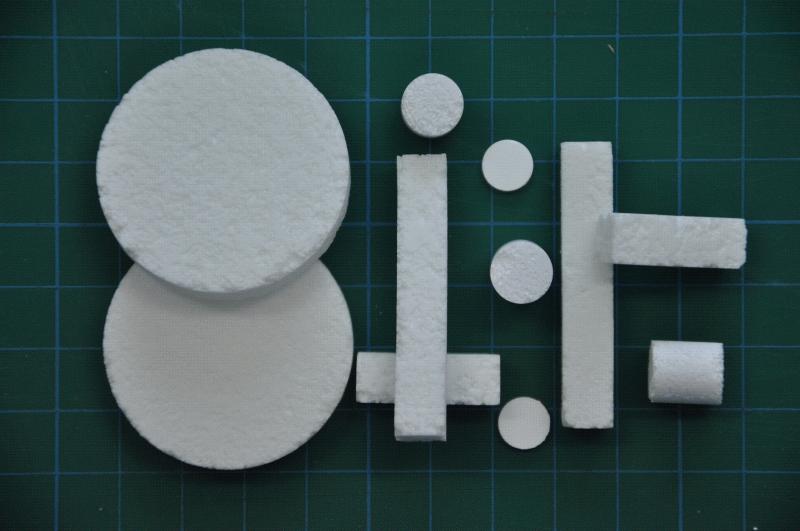1. Contact with combustible gas gas sensitive ceramics
(1) Basic principles
The contact combustion type gas sensor system is made of platinum wire as the bus bar, and the surface is covered with ceramic coatings, catalyst materials, anti-grain growth materials, anti-catalyst poisoning materials and other coatings. It must be energized to preheat during work. When the air containing combustible gas passes through, the catalyst adsorbs combustible gas molecules and reacts with oxygen in the air, which is called contact combustion reaction, and the heat generated is called contact combustion heat.
(2) Structure
The contact-combustion combustible gas gas-sensitive ceramic element is wound into a spring shape by 0.05mm platinum wire, and the outside is covered with alumina ceramic coating, platinum catalyst coating, anti-crystallization growth layer, anti-catalyst poisoning coating, etc.
(3) Application
This gas-sensitive ceramic element has different sensitivity to different combustible gases, and the output signal of the measuring circuit has a linear relationship with the concentration. It can be used to detect combustible gases. Because of the high sensitivity of the sensor, it can also detect toxic gases, such as carbon monoxide, with a small detection concentration of 5x10-5~1x10-4.
2. Oxygen sensor ceramic
(1) Overview
There are three types of oxygen sensors. One is a concentration battery type that uses solid electrolyte ionic conductivity; the other is a saturation current type (also called a "critical current type") that uses a stable zirconium dioxide oxygen pump to make oxygen ions form a saturation current; the third is a type that uses electrons to conduct electricity. Oxide semiconductor type.
Ceramic oxygen sensor has the characteristics of high temperature resistance, friction resistance and corrosion resistance, which is inferior to other oxygen sensors.

Oxygen sensor chip
(2) Application of oxygen sensor
As we all know, accidents that cause death due to hypoxia (concentration less than 10%) are not uncommon in real life. To ensure personal safety, it is very important to monitor the oxygen concentration in the living and working environment. In order to use fuel effectively without causing air pollution, oxygen sensors need to be used to monitor the oxygen concentration and reasonably control the air/fuel ratio (referred to as air-fuel ratio); metal smelting must also control the appropriate oxygen concentration; the determination of trace oxygen in the food industry, etc. Need to apply oxygen sensor. The application range of the oxygen sensor is listed in the table below.
|
range |
Application |
Objective |
|
Combustion management |
Water boiler, all kinds of furnace |
Monitoring and control of excess air |
|
Pollution |
Suppress combustion air |
Concentration monitoring of low oxygen concentration air |
|
Health and Safety |
Monitor NOx |
Correction of NOx measurements |
|
Explosion proof |
Explosion-proof of oil tanker and tanker |
Oxygen concentration monitoring of sealing gas |
|
/ |
Basement reactor cleaning |
Prevent hypoxia |
|
/ |
For biological oxygen consumption meter |
Water pollution detection, gas explosion monitoring |
|
Metal refining industry |
For melting furnace, copper melting furnace |
Control of dissolved oxygen |
|
Glass manufacturing |
Glass quality management |
Partial pressure of oxygen dissolved in glass |
|
food industry |
Nitrogen management in the environment |
Trace oxygen monitoring |
|
Gas purification device |
Air separator |
Purity monitoring of N2, Ar, etc. |
Declaration: This article is provided by CERADIR™ users or obtained from Internet, the content does not represent the position of CERADIR™. We are not responsible for the authenticity/accuracy of the article, especially the effects of the products concerned. This article is for study only, it does not constitute any investment or application advice. For reprinting, please contact the original author. If it involves the copyright and/or other issues, please contact us and we will deal with it asap! CERADIR™ has the interpretation of this declaration.







